Hummingbirds in Florida? Part 2
beckygardener
11 years ago
Featured Answer
Sort by:Oldest
Comments (15)
mboston_gw
11 years agolast modified: 9 years agoTroyinLargo
11 years agolast modified: 9 years agoRelated Discussions
Full sun or part shade in Florida?
Comments (7)It really depends on the variety. I tend to go a little less sun when I can. Tampa Bay here. Containers need more watering as a rule. I have seen roses have steam coming from root balls before especially if they are in pots. I would say morning sun is best, followed by late afternoon sun. Full afternoon sun can be asking for trouble. The smaller the rose / mini's etc. the less sun I give them. No science behind it ...it is just what works for me. I live in St. Pete and grow around 500 roses. Wish I could be of more help tho....See MoreAnyone See Any Hummingbirds In SW Florida Yet?
Comments (41)TY! Yes, one of the Hamelias . A Monarch and a Gulf Fritillary nectaring side by side. I have several different firebush plants through-out the garden. As for feeders, I keep feeders on hand and only put them out when after I see a hummer. I keep them clean , replacing small amount of sugar syrup every other day in hopes it may be just the extra encouragement too keep hummers in the garden. The one year we did have hummers nesting, they were so illusive, we only saw the male once, the female once, then suddenly there were babies :) I never did see any of them use the feeders :( Luckily, the babies followed a schedule, feeding on flowers every few hours. :) We found the nest months later blown onto the ground in a storm. As soon as the male babies started to develop their ruby colouring, they all departed. I wish I had videoed them, but at the time, had my hands full with my own babies :)...See MoreHummingbirds in Florida?
Comments (238)I live about 20 miles east of naples, FL. I keep a journal for various interests and one of the things i've been keeping track of is hummingbird visits to my yard. I counted the number of days I saw HB's in my yard and it came to 188 days in the past year. They have been feeding on firebush plants. These plants bloom constantly except for a 6 to 8 week period in winter. When they are not blooming, I put up a tray type feeder to keep the birds around. I have two types of firebush: hamelia patens and calusa firebush. The hamelia flowers are a yellowish orange and the calusas are bright red. The birds don't seem to have a preference. The only differnce I can see is that the calusa flowers seem to close up during the hottest part of the day. Whenever these plants are blooming, the birds completely ignore the feeder. Right now I have about 20 of these plants in my yard, varying in size from a foot tall to almost 6 feet. I only bought 7 plants , then propagated the rest from seed and cuttings....See MorePart 1: A lot of pics around Orlando Florida April 2011
Comments (14)I was just at Universal Studios for spring break! Just got back home a minute before midnight on Easter! I enjoyed the landscaping just as much as the rides and shows! It's like a botanical garden in a way but most of the plants are not labeled. I was amazed by the size of the sengal date palms! It has so many large trunks. Does anyone have any guess to how old they are? There was also an odd looking smaller tree near (next too) the pond with the tropical lily pads in Jurassic park that I thought was neat. It had no or very few leafs and a few exotic flowers that were white with very stringy petals. I wish I knew the name of that one. The star (confederate) jasmine plants planted at the edges of the parking garages smelled amazing (to me anyway) when on the moving walk way. I also noticed a few sago palms with ripe nuts in the planting near all the flags by the animal show and E.T. ride. The sagos looked very strange. The nuts had brown fuzz all over them. I thought that was intriguing. I wonder what the purpose of the fuzz is. T.J....See Moreneutronnorman
11 years agolast modified: 9 years agokavitad
11 years agolast modified: 9 years agokavitad
11 years agolast modified: 9 years agoperezjuanf
11 years agolast modified: 9 years agolukerjedi
10 years agolast modified: 9 years agoTroyinLargo
10 years agolast modified: 9 years agoTroyinLargo
10 years agolast modified: 9 years agoTroyinLargo
10 years agolast modified: 9 years agoTroyinLargo
10 years agolast modified: 9 years agoshillanorth Z4 AB
10 years agolast modified: 9 years agoflamingofl42
10 years agolast modified: 9 years agoTroyinLargo
10 years agolast modified: 9 years ago
Related Stories

GARDENING GUIDESBackyard Birds: Invite Entertaining Hummingbirds Into Your Garden
Hummingbirds — unique to the Americas — zip through open landscapes seasonally or year-round. Here’s how to attract them
Full Story
GARDENING GUIDESAttract Hummingbirds and Bees With These Beautiful Summer Flowers
Roll out a welcome mat for pollinators to keep your landscape in balance and thriving
Full Story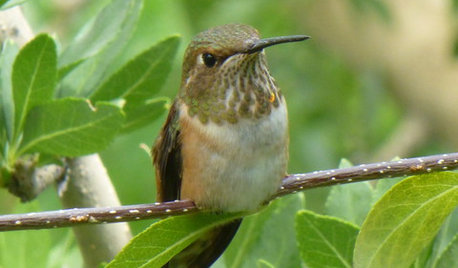
GARDENING GUIDES8 Flowers That Hummingbirds Adore
To draw those mesmerizing little birds to your garden or doorstep, plant these flowers that are attractive in more ways than one
Full Story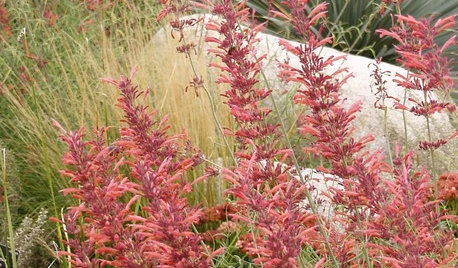
FLOWERS AND PLANTSAgastache Rupestris, a Heat-Loving Hummingbird Magnet
Threadleaf giant hyssop adds color and fragrance to late-summer and fall xeric gardens
Full Story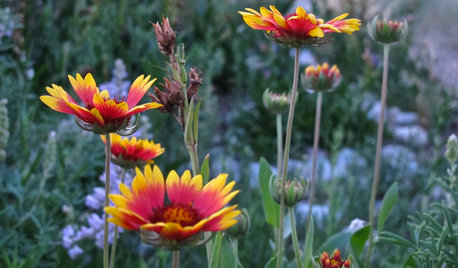
GARDENING GUIDESThese Hummingbird-Attracting Native Plants May Surprise You
These flowers, vines and shrubs offer shelter and food supplies that keep hummingbirds around longer
Full Story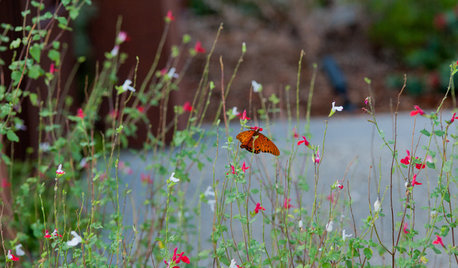
EARTH DAYCreate a Container Wildlife Habitat for Hummingbirds and Butterflies
Don’t let limited space prevent you from welcoming wildlife into your garden
Full Story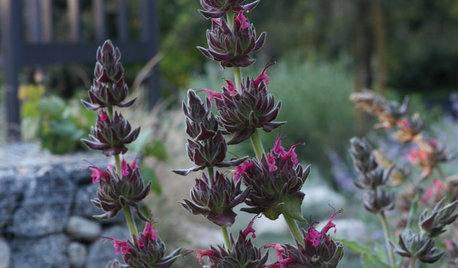
FLOWERS AND PLANTSHummingbird Sage Lures Wildlife With Its Sweet, Fruity Fragrance
This native California ground cover thrives with little water on grassy slopes, under trees or in patio containers
Full Story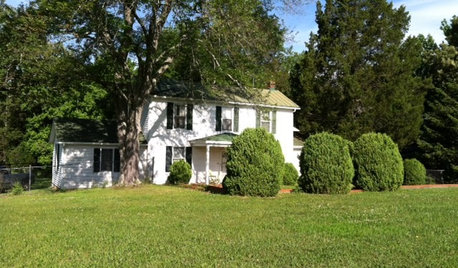
LIFETime Travel to Houzzers' Childhood Homes, Part 3
See postwar homes built by family members, rural farmsteads, cold-water flats and much more
Full Story
DOORSKnow Your House: Interior Door Parts and Styles
Learn all the possibilities for your doors, and you may never default to the standard six-panel again
Full Story
KITCHEN DESIGNAlternatives to Granite Countertops, Part III
9 more reasons to rethink the granite kitchen counter
Full Story


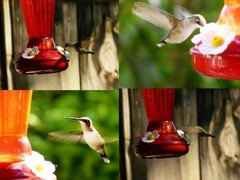
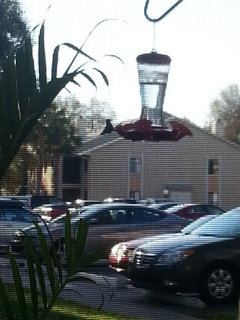


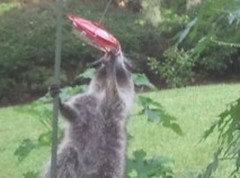
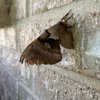
marilyn_fl